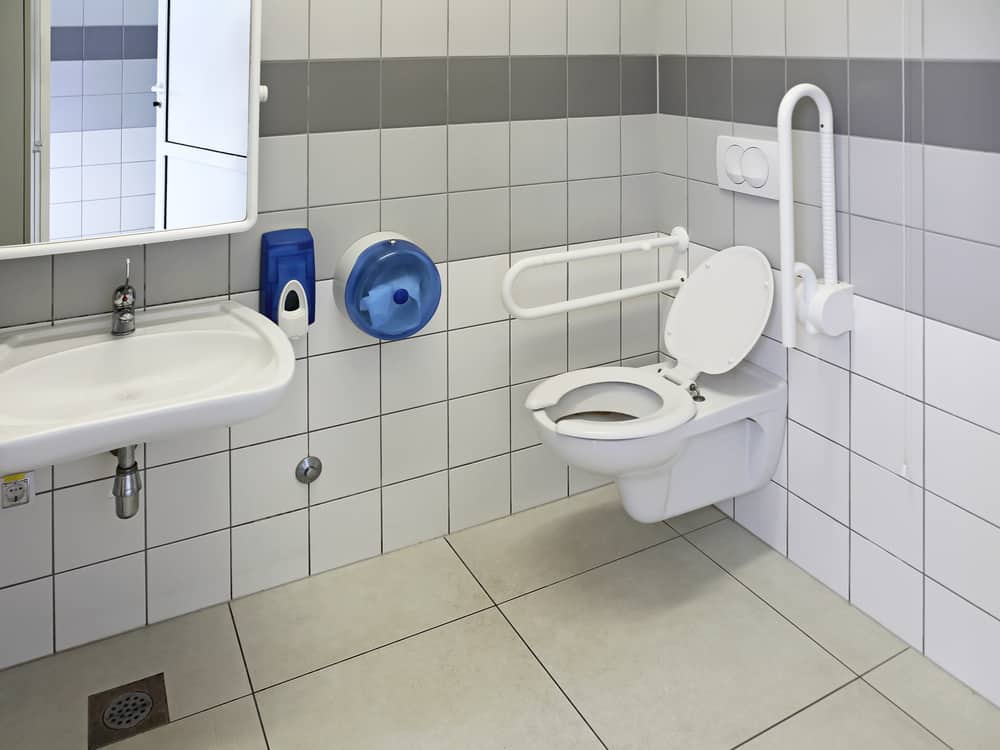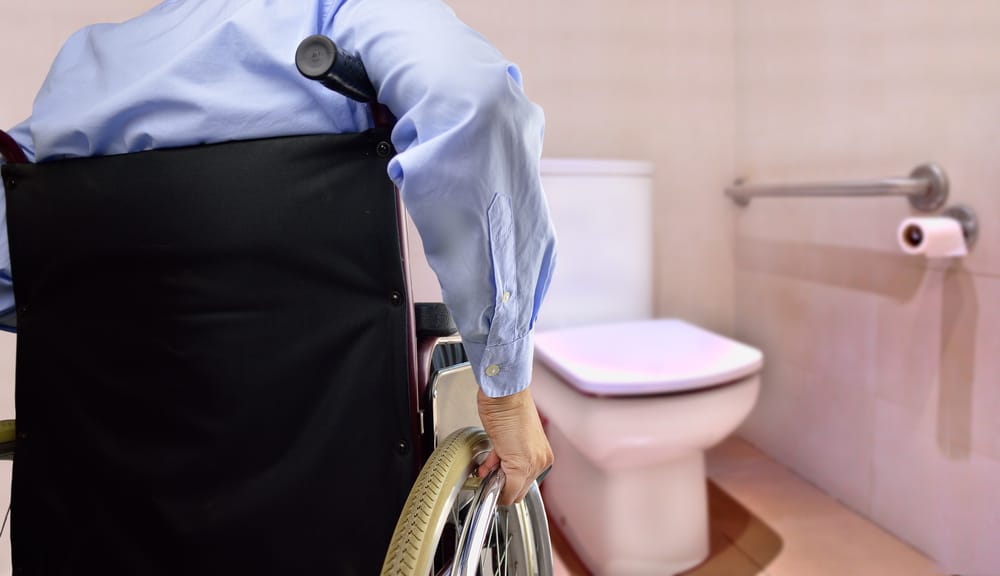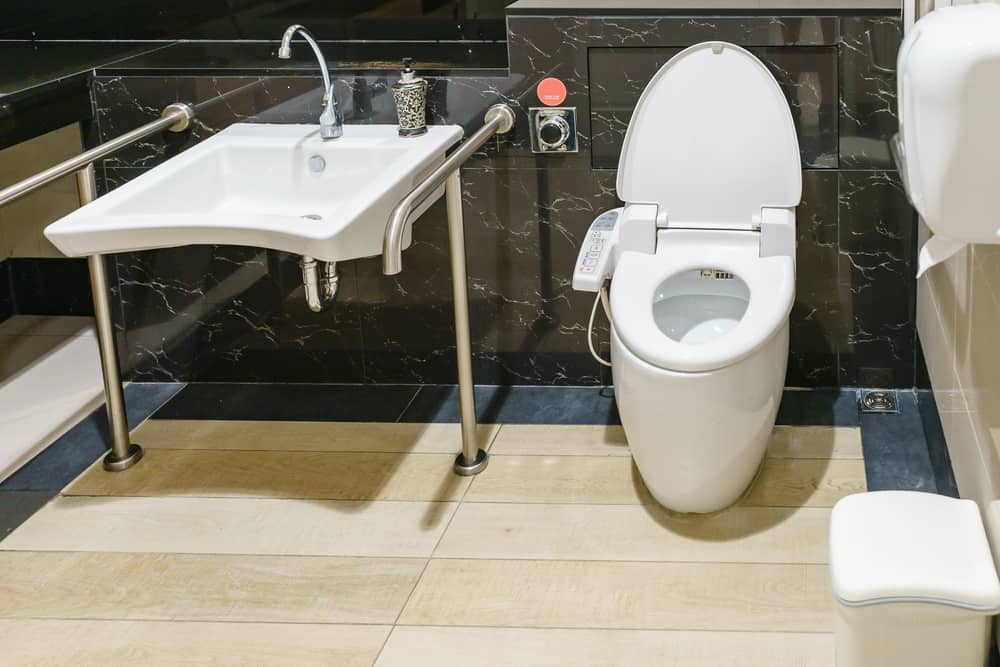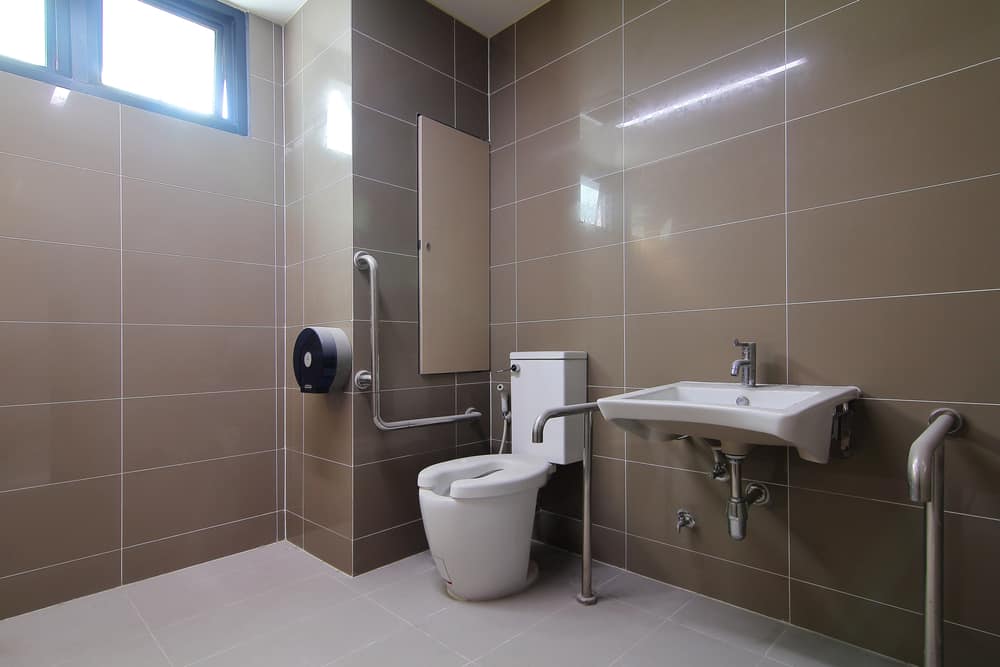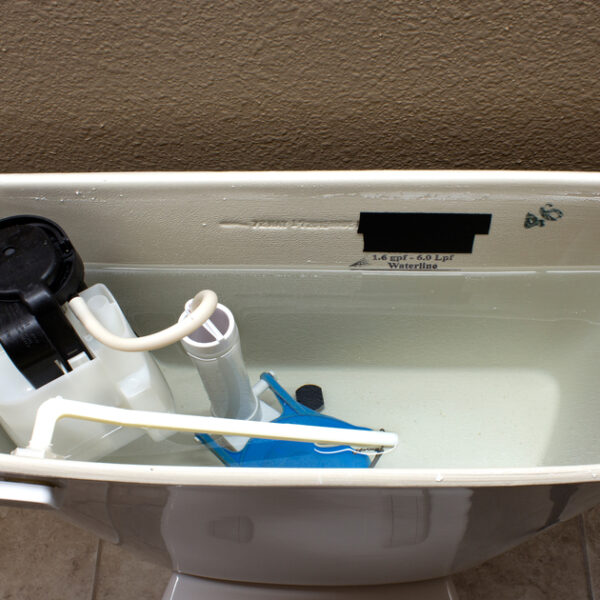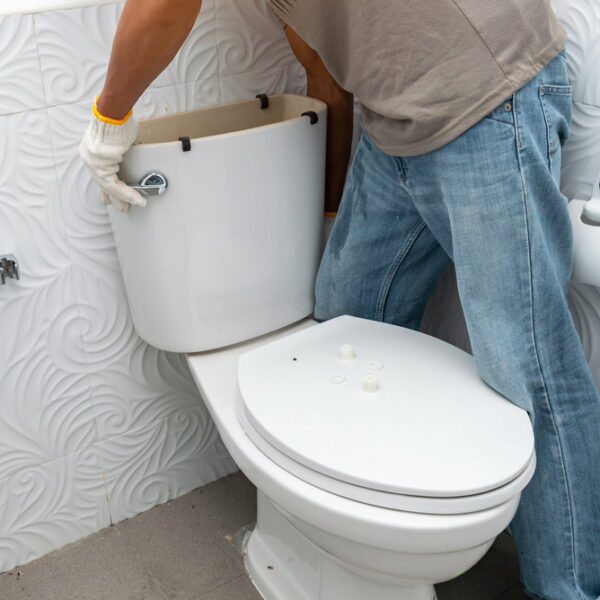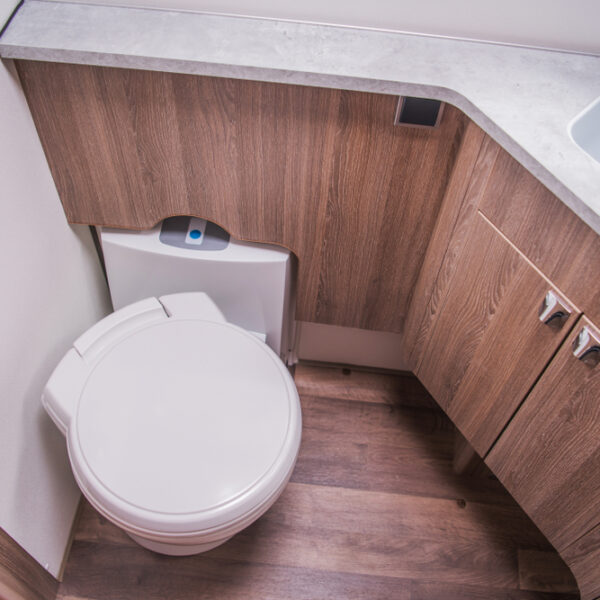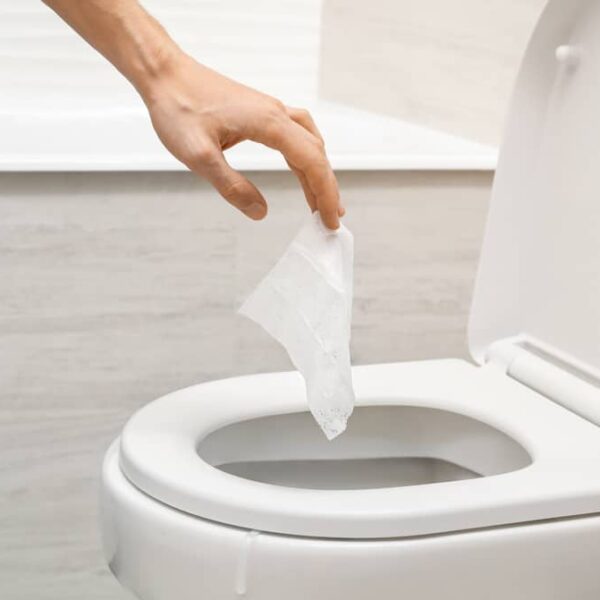Any business building has a legal obligation to include easily accessible sanitary facilities for disabled people. However, it is common confusion about recognizing ambulant vs. accessible toilets and the differences between them.
Both types have the same purpose of facilitating access to the toilet, but you should know to recognize design and functional differences between them. It is vital since these two styles provide unhindered access to commercial toilets for differently disabled people. Let’s see.
Ambulant Toilet
An ambulant toilet design is meant for people with ambulant disabilities. They typically need aiding instruments and specific support while using the toilet but don’t require extra space. These facilities are ideal for individuals who don’t use wheelchairs but have a problem, such as:
- Sensory loss
- Arthritis
- Difficulty walking
- Moving by using a walking frame, crutches, or cane
In most cases, an ambulant toilet is a part of a regular bathroom facility, and you can find two options:
- One separate space next to male and female toilets
- Specific rooms located in both male and female toilets
Such a toilet has enough space in front of the toilet bowl to allow easy access. Plus, it always features grab rails on both sides to make the use as effortless as possible.
It is crucial to install such toilets in convenient locations, according to the building function and the number of people with a disability who use them. Nowadays, standards require at least one unisex ambulant or accessible bathroom in every public place.
Such toilets in airports or bus and rail stations also need enough space to carry luggage. It is particularly essential in airports since leaving luggage outside in a public space is forbidden while using the toilet.
Places and equipment for ambulant toilets
Ambulant toilets are required in public places providing services for less than 20 guests, including cafes and restaurants.
However, you can often find accessible toilets installed instead of ambulant ones since their design and use are limited. Unlike ambulant ones, everyone can use accessible toilets, regardless of their disability degree.
Public and commercial buildings need to meet specific requirements regarding ambulant toilets, including:
- Having at least one ambulant toilet cubicle on each floor
- Choosing a toilet design convenient for both males and females
- Containing a washbasin, toilet bowl, closet pan, shelf, and at least three grab rails
- Having an outward opening door
- Providing a minimum of 31.5 inches (80 cm) between the wall and each toilet side.
These toilets can also be convenient for households since old and partially disabled people can benefit from their installation. You can find necessary components in a local store selling bathroom fittings, such as:
- 8 to 35.5 inches (20 – 90 cm) long angled and hinged grab rails with different widths, styles, and colors
- Grab rails with towel holders
- Toilet roll holders
Ambulant toilet benefits
Ambulant toilets have numerous advantages that make the movement of people with mild disabilities more comfortable and effortless. In ideal conditions, they:
- Provide effortless accessibility
- Give people with ambulant disabilities more independence to use a toilet without other people’s help
- Reduce the possibility of accidents
Accessible Toilets
It is estimated that 41.1 million disabled people live in the US or 12.7% of the population. Over 12 million disabled people live in the UK, with 50% of their disabilities being hidden. All these people need accessible toilets for their everyday needs.
People using a wheelchair typically require more space to move, making specially designed accessible toilets necessary. Therefore, they are designed to meet the needs of people with:
- Bowel and bladder issues, particularly those who use a colostomy bag
- Mobility impairments
- Balance problems
- Impaired dexterity and grip
- Short-term impairments
- Permanent and intermittent wheelchair users
These rooms come with a circulation space of 6 to 7.5 feet (1.9 – 2.3 m) on either door side, providing extra space for maneuverability and wheelchair access. They feature specific equipment, including:
- Lower wash basins with sensor taps or lever
- Lower toilet bowls
- Lower mirrors
- Several adapted grab rails
- Braille signage
- Contrasting seat color
- Exact clearance between walls and the door
- Particularly designed latches
According to law regulations, these toilets are required in public places, hotels, and restaurants. Besides regular male and female toilets, it is necessary to install unisex accessible toilets since disabled people often need assistance.
Since help doesn’t depend on the assistant gender, all need to have a possibility to use this toilet. Remember that visually impaired people often need to enter this room accompanied by a dog, so providing enough space is crucial.
Even though most standard public accessible toilets meet law requirements, they are sometimes impractical for all people with a disability. Therefore, designers should take care of crucial details that the law occasionally doesn’t include.
RH transfer vs. LH transfer on an accessible toilet
RH and LH signs indicate the side a person in a wheelchair can approach the toilet bowl.
- RH (right hand) transfer – In this toilet, the grabrail is installed on the right side, and a person using it needs to transfer from the wheelchair to the toilet from this side.
- LH (left hand) transfer – In this case, a person in a wheelchair should come to the toilet from the left-hand side since the grabrail is installed on the left.
Accessible vs. Ambulant Toilets
You can notice several critical differences between ambulant and accessible toilets, such as:
Law requirements
The law requires accessible bathroom installation in most public places. On the other hand, ambulant toilets are enough for cafes and restaurants intended for less than 20 guests.
Extra space
Unlike ambulant toilets that don’t require much extra space, accessible toilets need to be sizable and spacey.
Size
Accessible toilets are significantly more sizable than ambulant ones because they need to provide enough space for wheelchair users. Ambulant toilets are typically similar in size to standard ones but always have higher toilet bowls, outward opening doors, and grab rails.
When you define these toilet sizes, you should consider a few factors, such as:
- Toilet location within the required circulation
- Hand basin and shower within the compulsory circulation
- Door type and its location
Measurements
Ambulant toilets require a minimum circulation space of 35 by 35 inches (90 x 90 cm) on either door side and at least 35 to 36 inches (90 – 92 cm) width inside the cubicle. The necessary doorway width is at least 27.5 inches (70 cm).
Accessible bathrooms are designed to have a circulation space of 6 to 7.5 feet (1.9 – 2.3 m) on either door side and the doorway wide at least 27.5 inches (70 cm). It is always peninsular-like and requires at least 39.4 inches (1 m) of space to the sides.
A toilet bowl should be a minimum of 18 to 19 inches (46 – 48 cm) above the ground, while a washbasin needs to be out of the turning circle. According to the law, its rim should be 31.5 to 32.7 inches (80 – 83 cm) above the floor level.
Additional equipment
Both toilet types come with specific rails and grabs. However, accessible ones also provide features that allow easier access, like:
- Lower mirrors and sinks
- Shelves for storage of necessities
- Contrasting toilet seat colors
- Braille signage
In ambulant toilets, mirrors and sinks are positioned on the higher level.
Specific design
Both toilet types require precise clearances between walls and the toilet bowl, particular fixtures and fittings, and door latch requirements. These measurements are smaller in ambulant toilets than in the accessible models.
Emergency alarm
Most accessible toilets in hospitals include an emergency alarm for assistance.
Accessible and Ambulant Toilets Requirements
Installing standard ambulant or accessible toilets in public spaces depends on numerous factors, including the number of people using them. Therefore, you should have installed one or more toilets according to the law:
- Business with less than ten employees – The law requires providing at least one unisex ambulant toilet.
- Business with less than 20 guests – Such a place doesn’t require a bathroom facility, but it is necessary to have at least one ambulant toilet.
- Business with 20 to 50 guests – It is necessary to install a minimum of one accessible toilet besides male and female toilets in these places. In this case, there is no need to install additional facilities for staff since they can be a part of sanitary facilities for guests.
- Business with more than 50 guests – You need to provide standard ambulant and accessible toilet options to meet this number of people.
Additional requirements that ensure comfortability and convenience of use also include:
- Easy-to-read signages
- Installed an emergency alarm within reach in medical and care facilities
- An accessible path from the entrance to the toilet
- Wide but lightweight doorway and the emergency door opening from the outside
- Non-slip floor surfaces
Good housekeeping policy means using both accessible and ambulant toilets as required, and you should avoid:
- Using these toilets as a storage
- Keeping unnecessary obstructions in front of the washbasin, shelves, and cistern tops
- Installing lighting triggering by movement
- Sudden maintenance and renovation without notifying users or providing alternative facility
Summary
The difference between accessible and ambulant toilets is substantial and apparent even though many people don’t know to recognize them.
Both aim to make accessing the toilet easier for people with disabilities. However, they are of different sizes, feature various equipment, and provide specific support types, depending on users’ necessities.
